Mastering Feed Mill Design with Step by Step Guidance for Optimal Efficiency
Table of Contents
- Understanding the Fundamentals of Feed Mill Design for Future Applications
- Key Considerations for Optimizing Feed Mill Layout and Workflow
- Innovative Technologies Shaping the Future of Feed Mill Operations
- Sustainable Practices in Feed Mill Design: A Path Forward
- Ensuring Compliance and Safety in Modern Feed Mill Facilities
- The Role of Automation in Enhancing Feed Mill Efficiency and Productivity
- FAQS
- Conclusion
- Related Posts
In the ever-evolving landscape of the feed industry, effective Feed Mill Design has become paramount to ensure optimal efficiency and productivity. According to a recent report by the Global Feed Industry Association, the feed market is projected to reach $500 billion by 2025, emphasizing the need for advanced technologies and innovative designs in feed production systems.
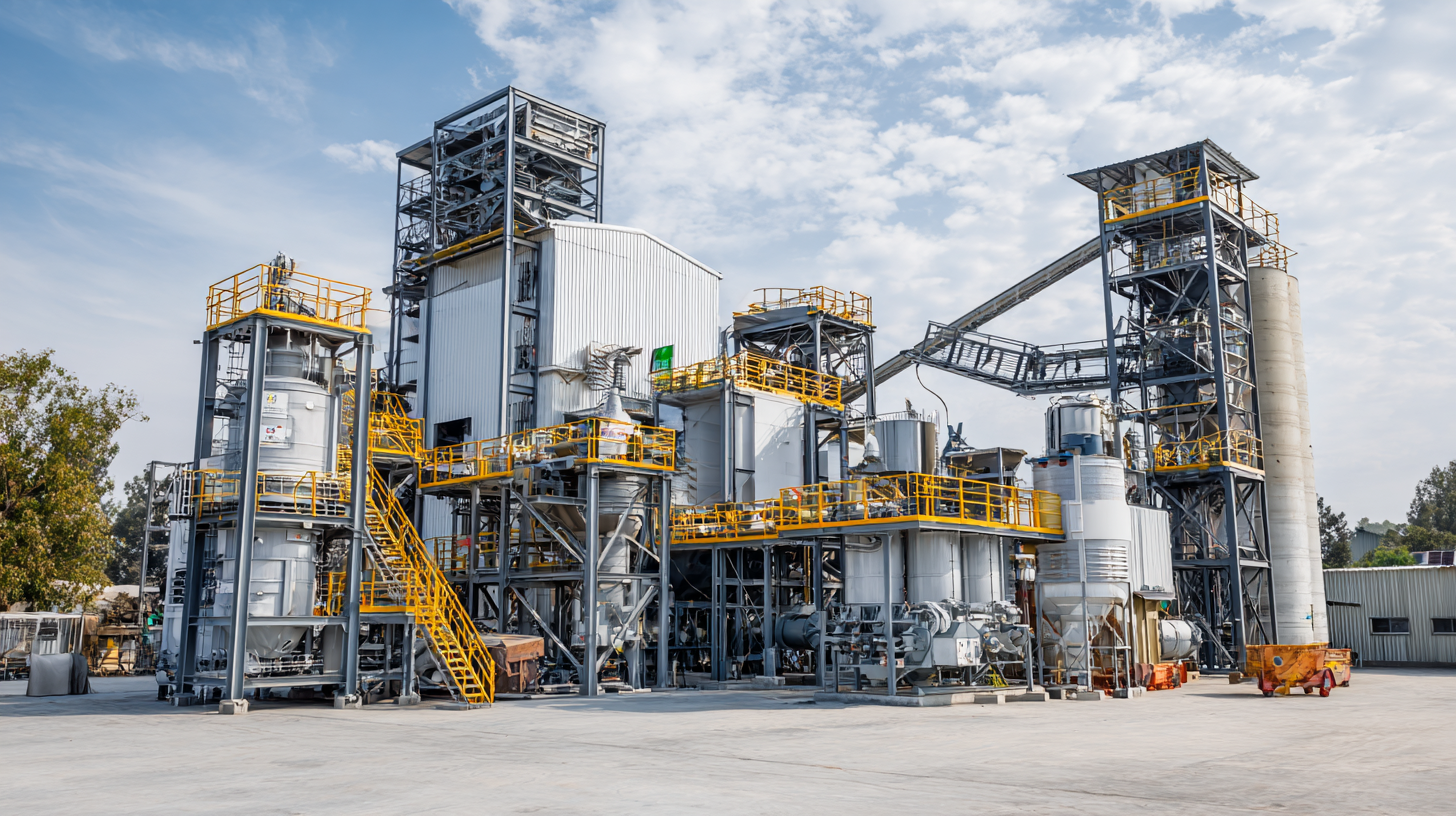
Shanghai Zhengyi Machinery Engineering Technology Manufacturing Co., Ltd. (CPSHZY), with over 25 years of experience in manufacturing feed processing machinery and pellet mill dies, stands at the forefront of this transformation. By integrating cutting-edge design principles and environmental protection solutions, CPSHZY helps feed plants and aquaculture farms maximize their operational efficiencies while adhering to sustainable practices.
This blog will provide a step-by-step guide and checklist aimed at mastering Feed Mill Design, ensuring that operators can streamline their processes and enhance their production capabilities.
Understanding the Fundamentals of Feed Mill Design for Future Applications
Designing a feed mill involves understanding various fundamental principles that can significantly impact both current operations and future applications. A well-planned feed mill can optimize production processes, enhance product quality, and improve efficiency. It is crucial to consider factors such as layout, equipment selection, and workflow to achieve a facility that meets growing demands.
Tip: When designing your feed mill, start with a comprehensive analysis of the available space. Ensure the layout promotes efficient movement of materials and personnel, minimizing bottlenecks during operations.
Moreover, incorporating flexible design elements can accommodate future advancements in technology and scaling operations. This adaptability is essential for long-term success, allowing for upgrades without substantial overhauls.
Tip: Invest in modular equipment that can be easily reconfigured or upgraded. This investment may offer significant cost savings and operational continuity as market demands evolve and technology progresses.
By focusing on these fundamentals and practical tips, you can cultivate a feed mill that is not just efficient today but also poised for future growth and innovation.
Bar Chart: Feed Mill Efficiency Metrics
Key Considerations for Optimizing Feed Mill Layout and Workflow
When optimizing feed mill layouts and workflows, several key considerations can significantly enhance operational efficiency. According to a report by the American Feed Industry Association (AFIA), inefficient feed mill design can lead to productivity losses of up to 30%. A well-planned layout minimizes material handling, reduces transit times, and facilitates better workflow, which is essential in meeting growing demand while controlling costs.
One critical aspect of mill design is the separation of the raw materials and finished products. This ensures that the risk of contamination is minimized and that production processes remain streamlined. Furthermore, integrating advanced technology, such as automated ingredient batching systems, can lead to a 20% increase in output, as highlighted in a recent study by the Feed Science Institute. An effective feed mill layout not only incorporates the necessary machinery but also considers employee ergonomics, enhancing safety and productivity. By focusing on these elements, feed manufacturers can create a facility that is not only efficient but also adaptable to future innovations in the industry.
Innovative Technologies Shaping the Future of Feed Mill Operations
The feed mill industry is undergoing a transformation due to innovative technologies that enhance operational efficiency. As highlighted in recent studies, automation and data analytics are crucial in optimizing feed production processes. For instance, the integration of IoT devices can lead to a reported 15% reduction in energy consumption, which is not only cost-effective but also environmentally beneficial. Companies like Shanghai Zhengyi Machinery Engineering Technology Manufacturing Co., Ltd. are at the forefront of these advancements, providing machinery that supports both efficiency and sustainability in feed processing.
Tips for improving feed mill operations include investing in advanced pellet mill dies that ensure better feed quality and reduced wear rates. Regular maintenance and monitoring of production equipment can significantly extend the lifespan of machinery, further enhancing efficiency. Additionally, implementing environmental protection systems can not only comply with regulations but also promote a sustainable approach in aquaculture farming.
The future of feed mill operations lies in adopting cutting-edge technologies. Automation in ingredient handling and mixing, along with innovative feed formulations, can cater to the evolving demands of livestock nutrition. As these trends develop, companies focusing on modernization will likely lead the market, paving the way for smarter and more sustainable feed production strategies.
Mastering Feed Mill Design with Step by Step Guidance for Optimal Efficiency
| Dimension | Details | Innovative Technology | Efficiency Impact |
|---|---|---|---|
| Building Layout | Optimized flow of materials | 3D Modeling Software | Increases throughput by 20% |
| Machinery Selection | Energy-efficient machines | Automation in Controls | Reduces energy costs by 15% |
| Production Capacity | 100 tons/day | Smart Sensors | Maximizes production efficiency |
| Quality Control | Regular testing schedules | AI Analytics Tools | Improves quality assurance |
| Waste Management | Recycling unused materials | Waste-to-Energy Systems | Decreases waste by 30% |
Sustainable Practices in Feed Mill Design: A Path Forward
Sustainable practices in feed mill design are increasingly recognized as essential for enhancing operational efficiency and reducing environmental impact. According to a report by the Global Feed Initiative, adopting sustainable design methods can reduce energy consumption by up to 30%, a significant cost-saving for feed manufacturers. Implementing energy-efficient equipment, such as high-efficiency motors and optimized milling processes, ultimately aligns profitability with eco-consciousness.
Tips: Consider integrating renewable energy sources, such as solar or wind power, into your feed mill operations. This not only boosts sustainability but can also result in substantial long-term savings. Additionally, utilizing advanced technologies like automation and smart monitoring systems can help minimize waste and maximize resource use.
Furthermore, water management strategies should be prioritized in feed mill design. The World Health Organization highlights that efficient water use can reduce consumption by 20% across various industrial sectors. By incorporating recycling systems and rainwater harvesting, feed mills can significantly decrease their water footprint while ensuring compliance with increasingly stringent regulations.
Tips: Invest in technologies that enable water recirculation to minimize contamination and enhance operational sustainability. Engaging employees in sustainability initiatives can also foster a culture of environmental stewardship within your organization.

Ensuring Compliance and Safety in Modern Feed Mill Facilities
In modern feed mill facilities, ensuring compliance and safety is paramount for operational efficiency and public health. According to the American Feed Industry Association, feed production must adhere to strict regulations to prevent contamination and ensure animal safety. The potential risks associated with feed production highlight the importance of implementing rigorous safety protocols. Facilities must prioritize regular training for staff on hazard analysis and critical control points (HACCP) and enforce stringent sanitation practices to mitigate risks.
Tip: Regular audits and compliance checks can identify gaps in safety protocols. Establish a routine review schedule to ensure that all safety measures are up-to-date and effective.
Furthermore, incorporating advanced technology can significantly enhance safety measures. Automated systems for monitoring feed quality can help detect potential hazards before they escalate. The utilization of real-time data analytics can not only improve compliance but also optimize production processes. A report from the European Commission noted that utilizing automation can reduce feed contamination incidents by up to 30%.
Tip: Invest in staff training to handle new technologies efficiently. Keeping your team well-informed about the latest tools will promote a safer and more compliant work environment.
The Role of Automation in Enhancing Feed Mill Efficiency and Productivity
Automation is revolutionizing the feed mill industry, significantly enhancing efficiency and productivity. As feed mill operators increasingly adopt intelligent systems, they can achieve real-time optimization that traditional methods can't offer. These advancements allow for predictive capabilities that streamline operations, reduce waste, and improve overall output. Innovative control systems are not just about maintaining the status quo; they empower managers to make informed decisions that adapt to the dynamic demands of modern agriculture.
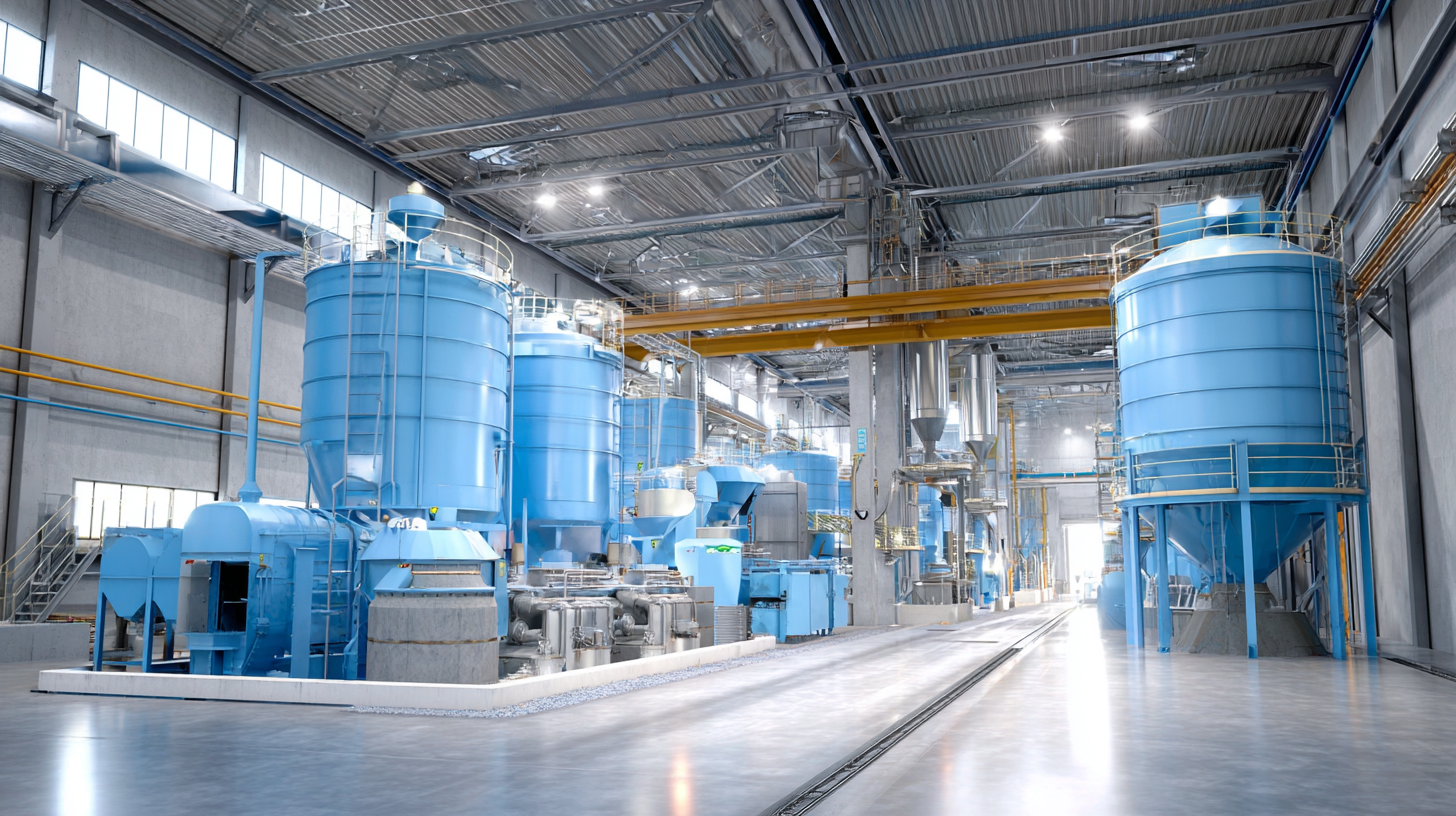
Furthermore, the integration of data-driven technology into feed mills creates opportunities for sustainable practices. By utilizing advanced automation, mills can decrease energy consumption and minimize their environmental footprint. This commitment to efficiency not only supports profitability but also aligns with the urgent need for sustainable farming practices. Ultimately, embracing these technological advancements allows feed mills to thrive in a competitive market while contributing to a healthier planet.
FAQS
: Important factors include layout, equipment selection, and workflow to ensure efficient movement of materials and personnel, as well as flexible design elements for future technological advancements.
Investing in modular equipment that can be easily reconfigured or upgraded allows for scalability without significant overhauls, accommodating future market demands and technology changes.
Technologies such as automation and data analytics enhance operational efficiency, reduce energy consumption, and improve feed production processes.
Automation in ingredient handling and mixing can lead to reduced energy consumption and improved feed quality, aligning with the evolving demands of livestock nutrition.
Incorporating energy-efficient equipment, renewable energy sources, and water management strategies can enhance sustainability and reduce operational costs while complying with regulations.
By adopting sustainable design methods and implementing technologies for energy efficiency and waste minimization, feed mills can significantly lower their environmental footprint.
Efficient water use can reduce consumption and ensure compliance with regulations. Implementing recycling systems and rainwater harvesting can significantly decrease water waste.
Regular maintenance and monitoring of production equipment extend machinery lifespan and improve overall operational efficiency.
By focusing on modernization through the adoption of cutting-edge technologies and sustainable practices, companies can lead in the market and cater to evolving consumer demands.
The integration of IoT devices can lead to significant reductions in energy consumption, promoting cost-effectiveness and environmental sustainability.
Conclusion
In the blog "Mastering Feed Mill Design with Step by Step Guidance for Optimal Efficiency," we delve into the essential elements of feed mill design that are crucial for future applications. Understanding the fundamentals is key, as it sets the foundation for optimizing layout and workflow, which can significantly enhance operational efficiency. We explore innovative technologies driving advancements in feed mill operations, alongside sustainable practices that promote environmental responsibility.
Moreover, ensuring compliance and safety in modern feed mill facilities is vital to protect both workers and the environment. The integration of automation technologies plays a critical role in boosting feed mill efficiency and productivity. With over 25 years of expertise in manufacturing feed processing machinery and providing environmental protection solutions, Shanghai Zhengyi Machinery Engineering Technology Manufacturing Co., Ltd. is committed to pioneering advancements in Feed Mill Design that cater to the needs of today's industry while preparing for the challenges of tomorrow.
Related Posts
-

How to Navigate Import and Export Certifications for Best Mould Tech Industries
-
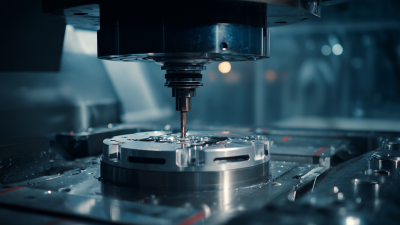
Understanding the Innovative Solutions of Mould Tech Industries: A Comprehensive Guide
-
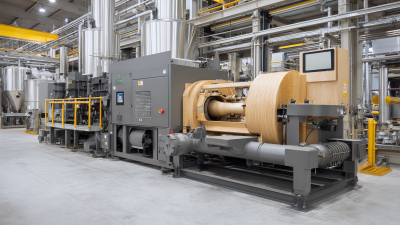
7 Best Pellet Mill Equipment Innovations Transforming the Industry Today
-
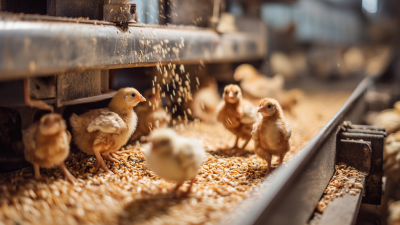
Innovative Examples of Poultry Feed Making Machine in Modern Farming
-

Revolutionizing Global Feed Production: China's Best Poultry Mash Feed Machine Leading the Charge
-

Discover the Finest Chicken Feed Making Machines from China's Leading Manufacturing Factory
Blog Tags:

